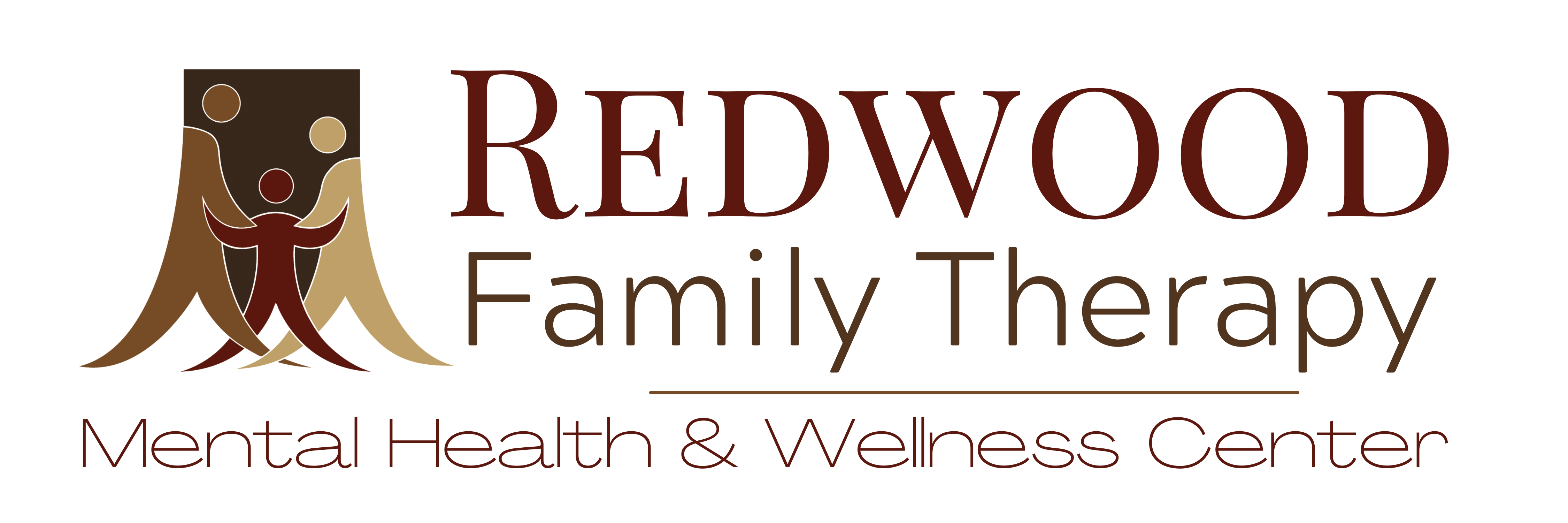Healing Trauma Using Hypnotherapy

Have you ever broken a bone? If not, let me walk you through the process. If it’s not immediately obvious that it’s broken, you usually don’t know that something is wrong until it starts to swell and bruising is visible. Once you’ve determined that you need to see a doctor, they’ll ask, “what happened to you?”. An examination, including an x-ray, will be performed in order to assess the damage so the break can be treated accordingly. After several weeks, most likely in a cast, the bone will heal itself and will be stronger than before. Now, have you ever had your heart broken, your trust betrayed, or experienced the death of a loved one? These are all traumas that we don’t see, but, just like a broken bone, they also need to be addressed so they can heal. We’ve all experienced some form of emotional trauma, but unlike a broken bone, there is no swelling or bruising to show us that we’ve been hurt deeply. The pain will change our actions and reactions to others which can lead to questions like, “what’s wrong with you?” because we can’t see the connection between symptoms and past trauma. We should be asking “what happened to you?”[1] so we can find the proverbial broken bone and start treating it.
As babies we didn’t hold back our emotions. When we got hurt we’d scream, shake our head, and flail our arms and legs. We’d express all the emotions we were feeling and because of that, we’d recover quickly from the experience. Eventually, it becomes inappropriate for a child to behave this way, so we’re taught to repress our emotions by “sucking it up”, “putting it away”, and to “be in control”. We learn to not allow our emotions to be seen or heard and sometimes not even acknowledged. When emotions are suppressed, trapped energy gets stored somewhere in the body and festers. Repression further distorts our perceptions and reactions. By asking “what happened to you?” we change the focus, allowing us to search for what’s causing the swelling and bruising. Sometimes the trauma is obvious, like when breaking a bone, but others are more subtle like an ulcer. When a person is in a particular mood when learning a behavior or creating a memory, a connection is made, good or bad. When that person is in that particular mood again, they will easily repeat the behavior or recall the memory. But as we raise our awareness of these connections we can disconnect the mood state, feelings, and behaviors from the memory and choose healthier ways to respond to situations in our lives; allowing us to respond instead of reacting.
Thankfully, we don’t have to continue to live our life with festering, hidden wounds. There is a therapy called Hypnotherapy that helps you notice emotional trauma by working through memories and recognizing triggers. There are many things that can be a trigger and ignite a strong emotional reaction. For example: a word, a tone of voice, a facial expression, a smell, a place, a tactile experience, or even a symbol. When triggered, we often repress the emotions rather than see the triggers for what they are: invitations to reintegrate lost parts of ourselves. By allowing the emotions to be acknowledged and expressed, the energy tied to the emotions is released and the physical symptom is diminished. Through this, we learn healthy and safe ways to release this stored tension and learn how to replace it with positive energy that heals the body and the mind. We can make new conclusions and decisions that enable relationships to be healthier, happier, and stable.[2]
There are many studies that show evidence of mind and body both being affected by trauma. One of these studies found that the body stores memories at a cellular level and that by emotionally expressing them, it allows the body to heal on both a mental and physical level. When this type of healing takes place, we gain more energy, focus, and are able to enjoy greater levels of awareness in our lives.
Just as a broken bone can heal with medical intervention, with therapeutic intervention we can heal our emotional traumas and be stronger, healthier, and happier for our efforts. “It is not that we no longer feel negative feelings, it is that the negative feelings no longer cause us to suffer in the ways they once did”.
–Adelle Thomas, MS, CMHC
Click here to see Adelle’s profile
________________________
[1] Swan, Teal (2016). The Completion Process. Hay House Inc. : www.hayhouse.com
[2] Zimberoff, Diane (2014). Journal of Heart Centered Hypnotherapies. Wellness Center, Issaquah, WA.
